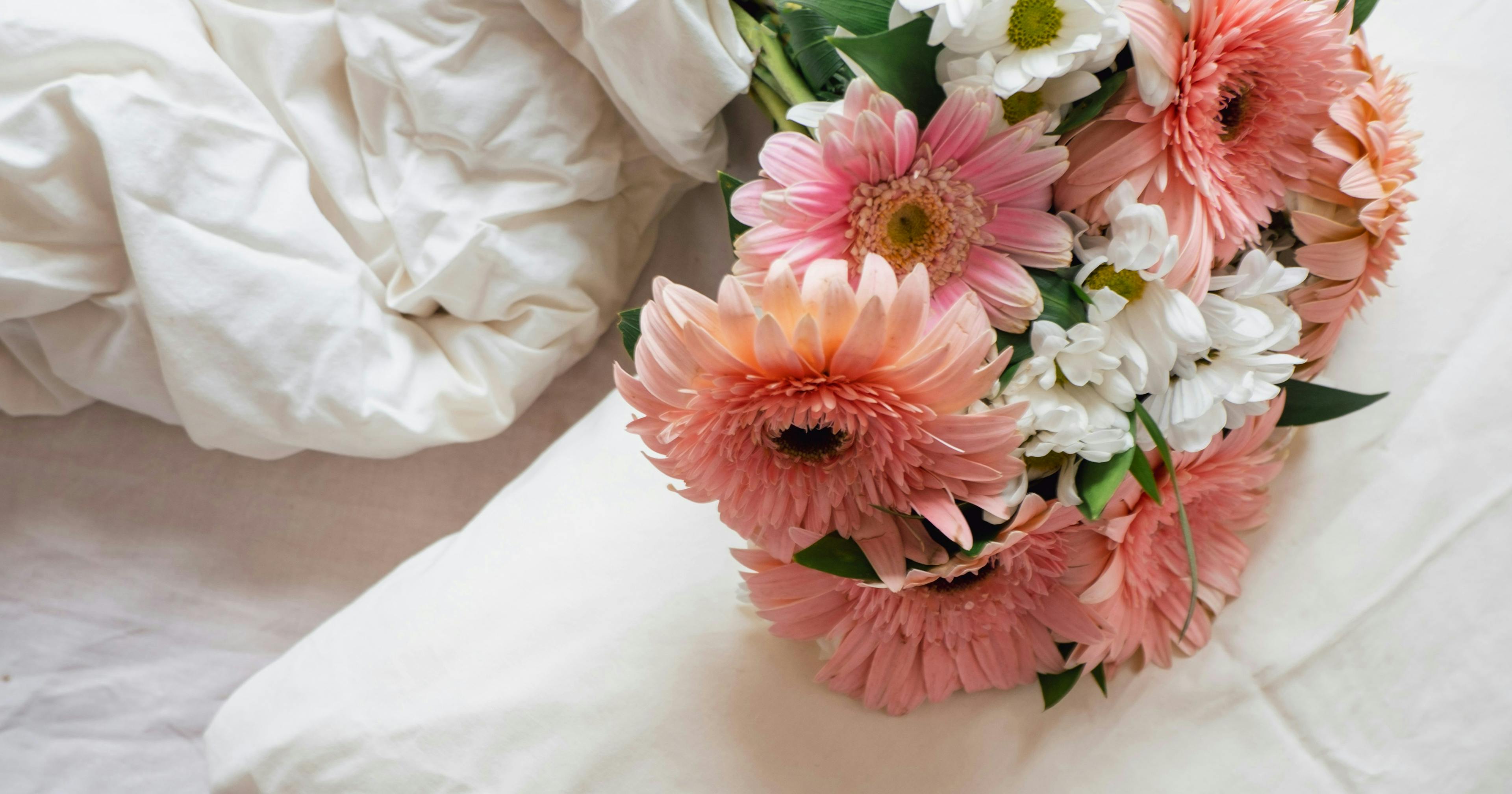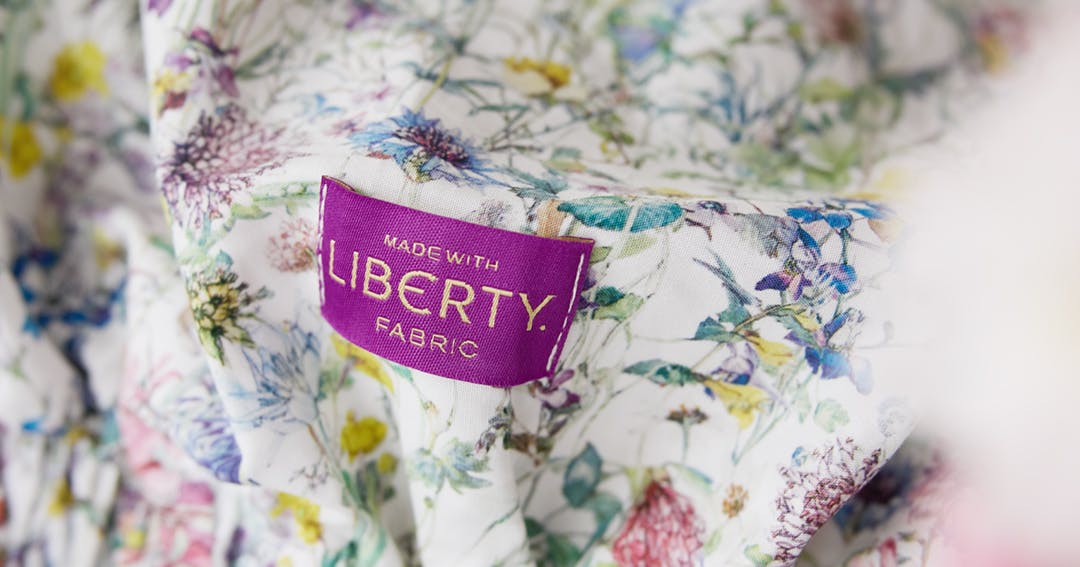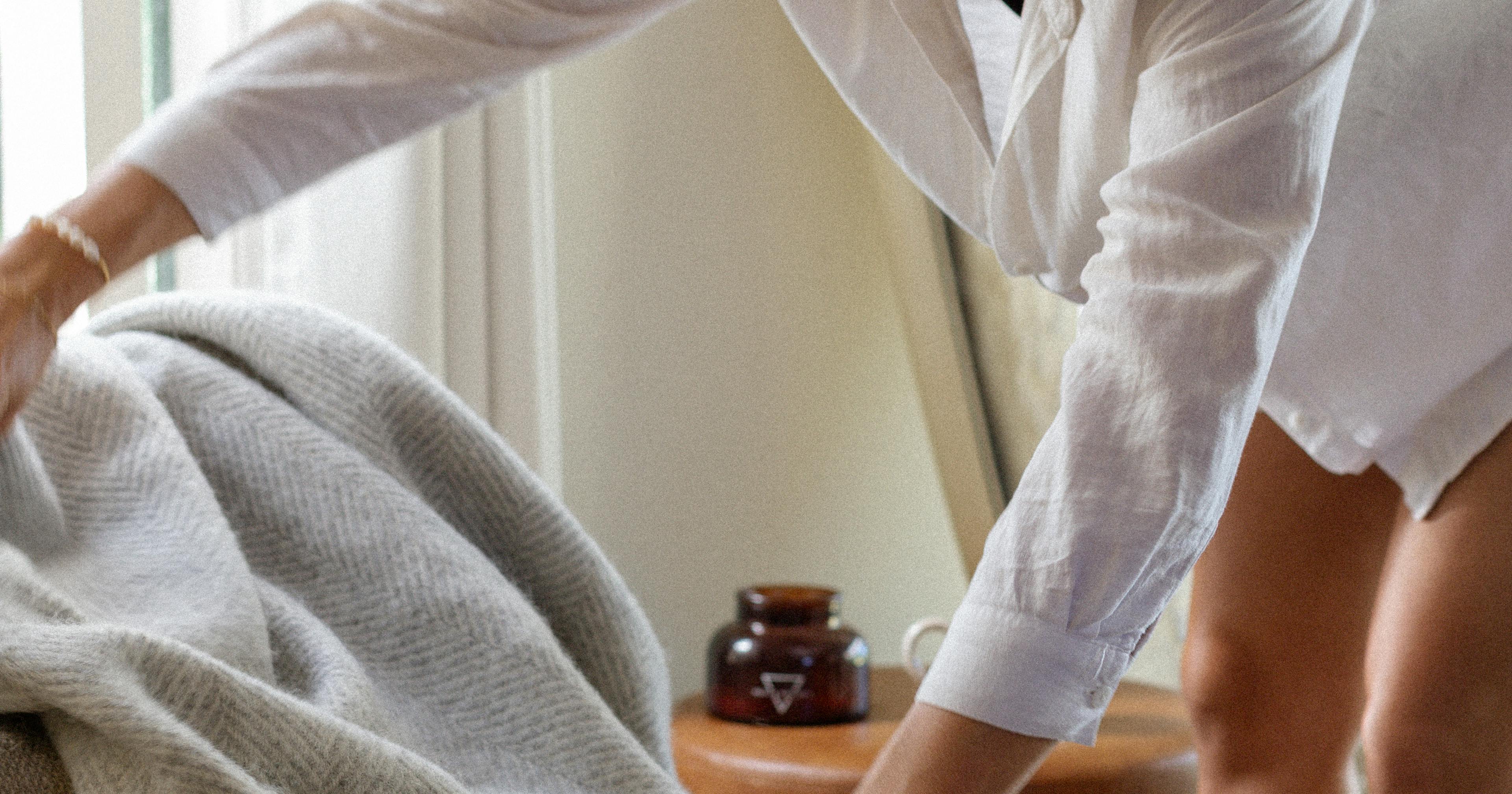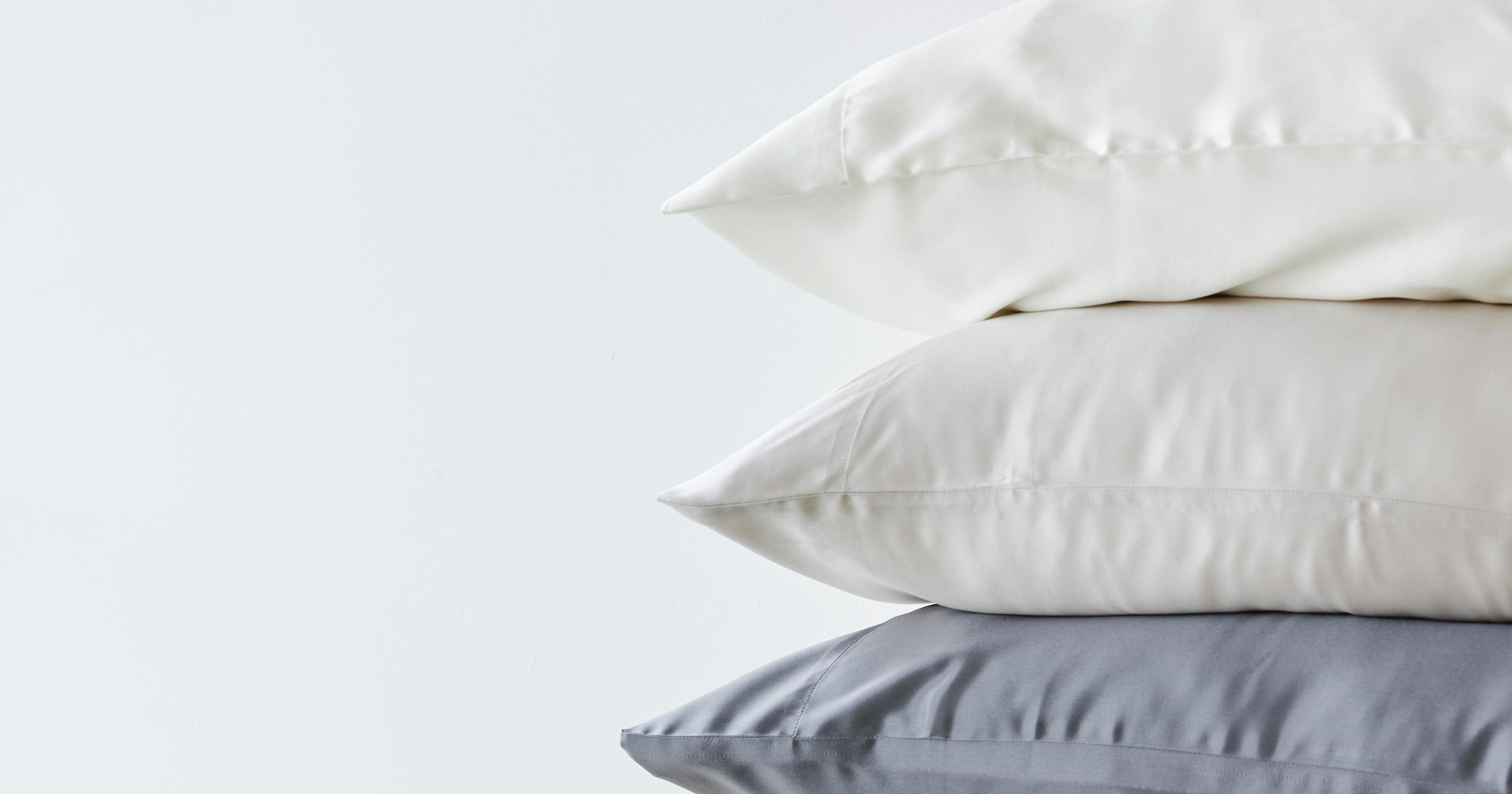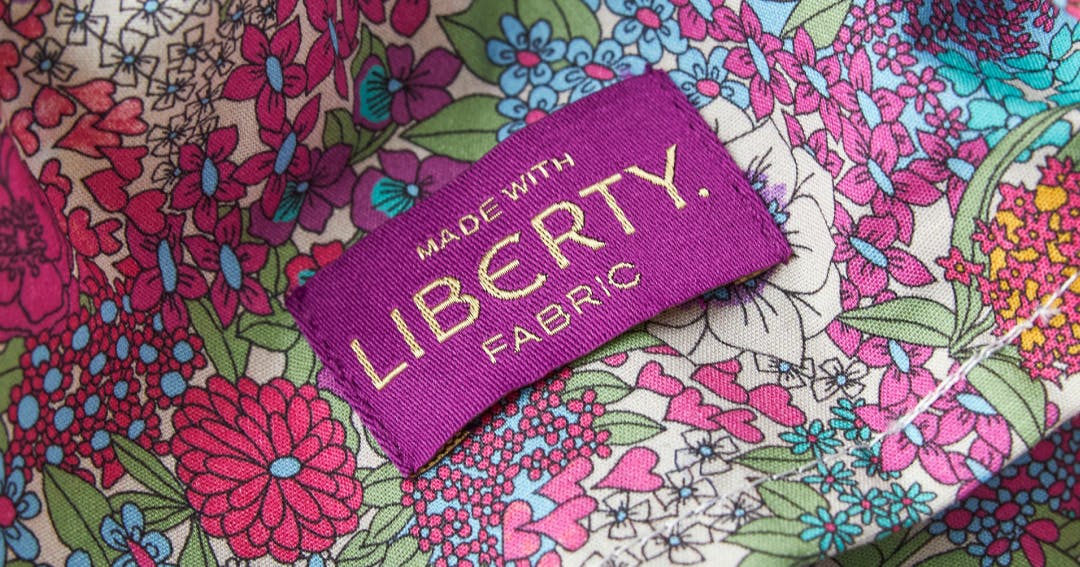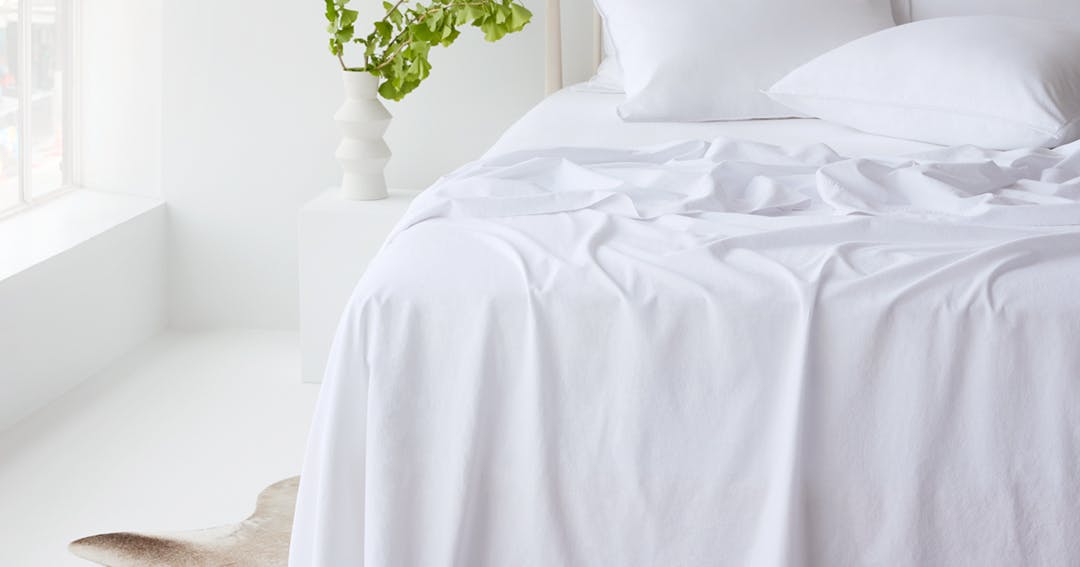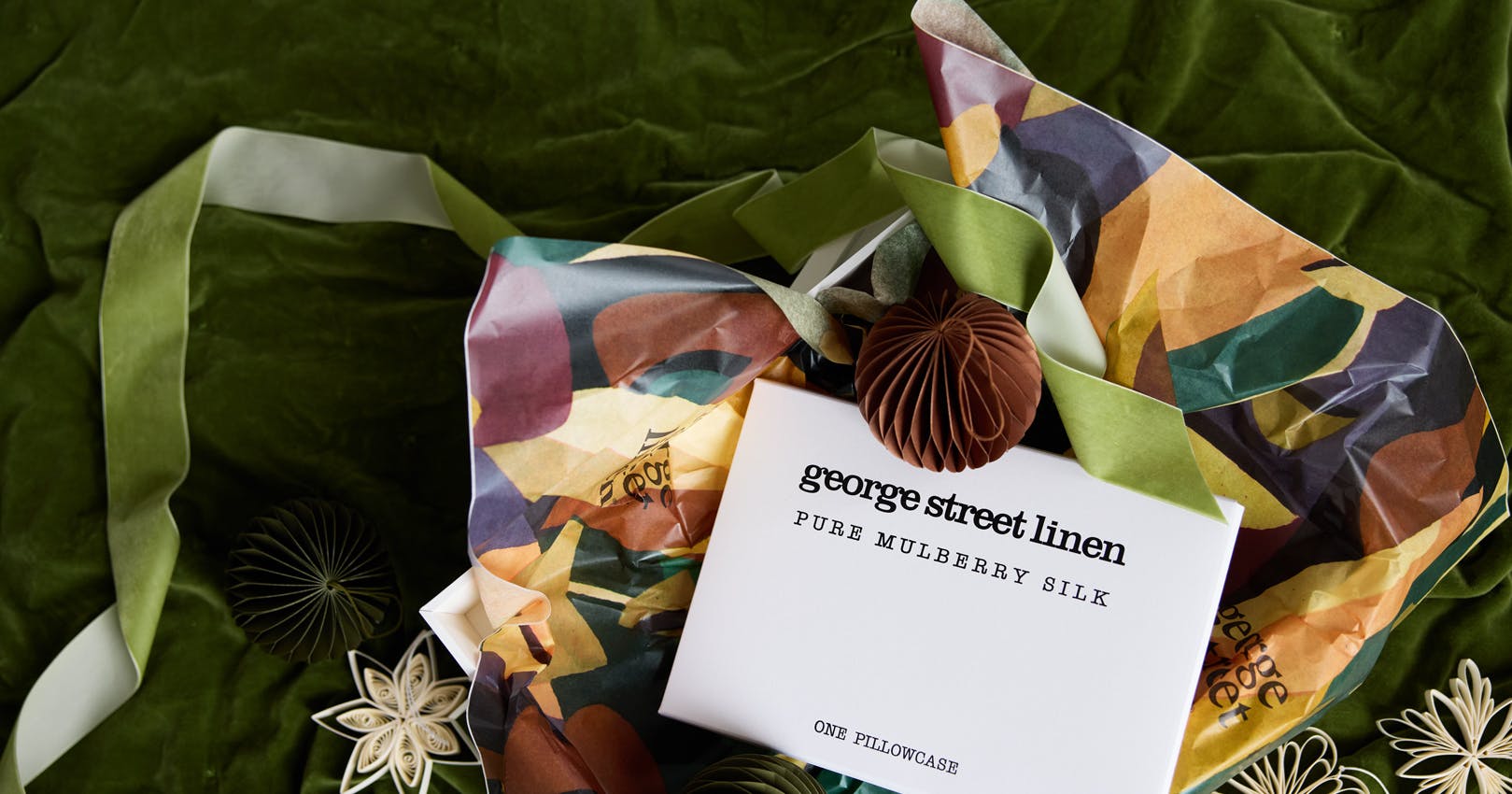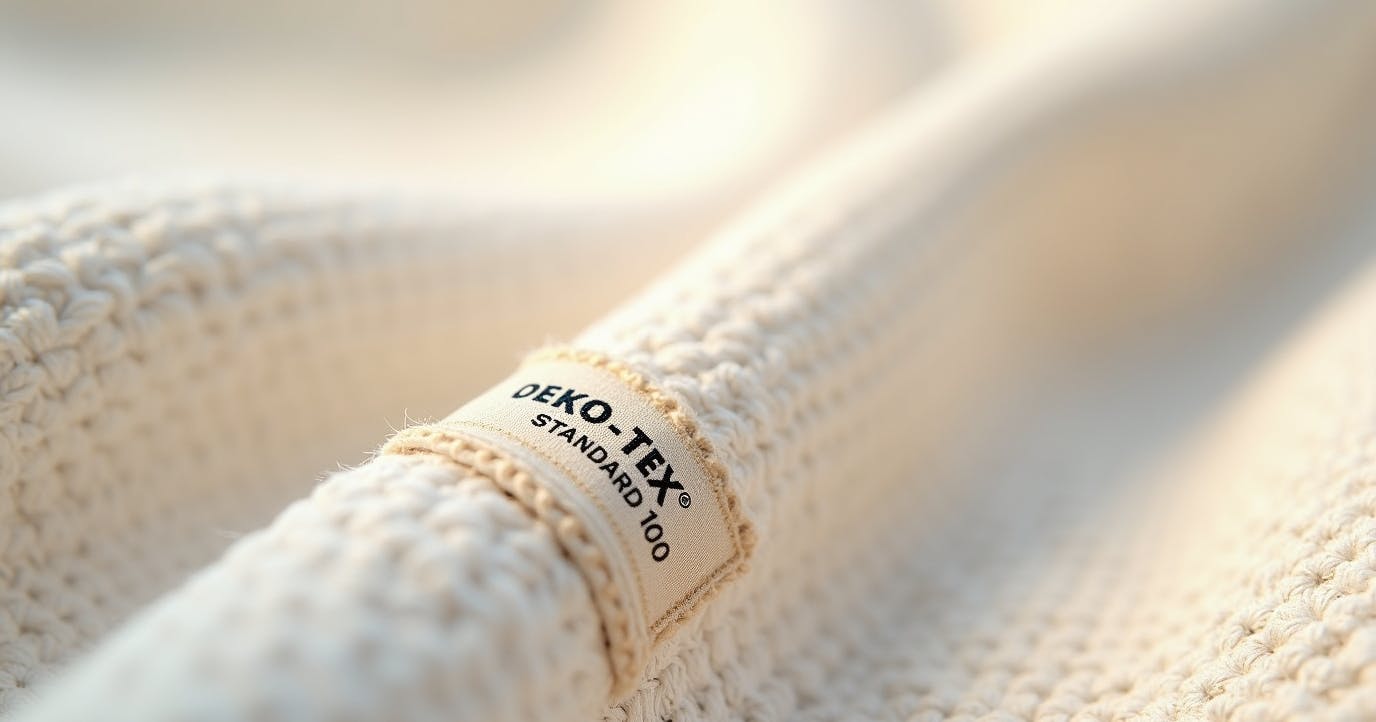Explore the subtlety and timelessness of damask.
One of the most luxurious and expensive silk textiles that Chinese merchants packed into the caravans travelling along the Silk Road to Byzantium was damask.
Before long a thriving damask weaving industry was established in the Syrian city of Damascus, from where the fabric gets its name. Bolts of damask became sought-after luxury items introduced to Europe by the crusaders.
By the fourteenth century Italian and French weavers were making their own exquisite silk damasks, more intricately patterned than the original fabrics. You can see clothes fashioned from or slashed with damask adorning queens and kings and the very rich in portraits dating from the Renaissance.









